What Is 16 Stop Filter In Nd?
Neutral Density (ND) filters are essential tools in the arsenal of photographers and videographers. They are used to reduce the amount of light entering the camera lens, allowing for greater control over exposure settings. Among the various types of ND filters, the 16-stop ND filter stands out for its ability to significantly darken the scene, enabling creative and technical possibilities that would otherwise be challenging to achieve. In this article, we will delve into the specifics of a 16-stop ND filter, its applications, and how it can be effectively used to enhance your photography and videography.
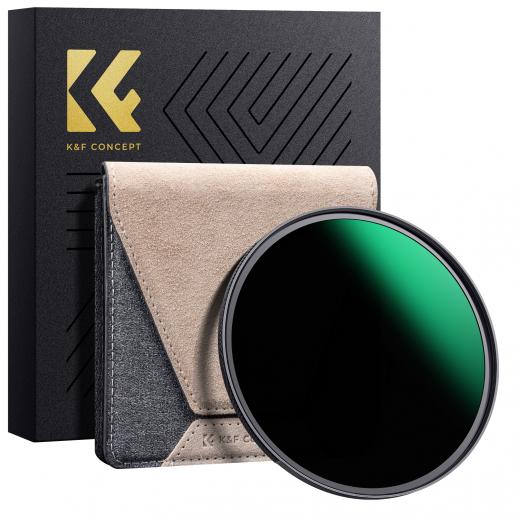
Understanding the 16-Stop ND Filter
A 16-stop ND filter is a type of neutral density filter that reduces the light entering the camera by 16 stops. To put this into perspective, each stop of light reduction halves the amount of light. Therefore, a 16-stop ND filter reduces the light by a factor of 2^16, which is 65,536 times less light. This substantial reduction allows for extremely long exposure times, even in bright daylight conditions.
Applications of a 16-Stop ND Filter
1. Long Exposure Photography
One of the primary uses of a 16-stop ND filter is in long exposure photography. By significantly reducing the amount of light, photographers can use slower shutter speeds to capture motion blur in subjects such as flowing water, moving clouds, or bustling cityscapes. This technique can create ethereal and dynamic images that convey a sense of time passing.
For instance, when photographing a waterfall, a 16-stop ND filter allows you to use a shutter speed of several minutes, resulting in a smooth, silky appearance of the water. Similarly, in urban environments, long exposures can transform busy streets into serene, ghostly scenes with blurred pedestrians and vehicles.
2. Daytime Long Exposures
Typically, long exposure photography is associated with low-light conditions, such as during the golden hour or at night. However, a 16-stop ND filter makes it possible to achieve long exposures even in broad daylight. This opens up a plethora of creative opportunities, such as capturing the movement of clouds across the sky or the gentle sway of trees in the wind.
Daytime long exposures can also be used to eliminate crowds from tourist spots. By using a 16-stop ND filter and a long exposure, moving people will not register in the final image, resulting in a clean, empty scene.
3. Cinematic Effects in Videography
In videography, maintaining a consistent frame rate and shutter speed is crucial for achieving a cinematic look. However, in bright conditions, this can lead to overexposed footage. A 16-stop ND filter allows videographers to use wider apertures and slower shutter speeds without overexposing the shot, thereby maintaining the desired depth of field and motion blur.
Practical Considerations
1. Exposure Calculations
Using a 16-stop ND filter requires careful exposure calculations. Modern cameras often have built-in metering systems that can compensate for ND filters, but with such a high level of light reduction, manual calculations are often necessary. A good practice is to first determine the correct exposure without the filter and then adjust the settings accordingly once the filter is in place.
For example, if your base exposure is 1/1000th of a second at f/8, adding a 16-stop ND filter would require an exposure time of approximately 65 seconds to achieve the same exposure level.
2. Focusing and Composition
With a 16-stop ND filter attached, the viewfinder or live view screen may become too dark to compose and focus accurately. It is advisable to set up your composition and focus before attaching the filter. Alternatively, some photographers use a lower-density ND filter to compose and focus, then switch to the 16-stop filter for the final shot.
3. Filter Quality
The quality of the ND filter is paramount. Low-quality filters can introduce color casts, vignetting, and loss of sharpness. Investing in a high-quality 16-stop ND filter ensures that your images retain their clarity and color accuracy. Brands like Lee Filters, B+W, and Hoya are renowned for their high-quality ND filters.
Creative Techniques
1. Combining ND Filters
For even greater light reduction, multiple ND filters can be stacked together. For instance, combining a 10-stop and a 6-stop ND filter results in a total of 16 stops of light reduction. However, stacking filters can increase the risk of vignetting and image degradation, so it is essential to use high-quality filters and be mindful of the potential drawbacks.
2. Experimenting with Light Trails
A 16-stop ND filter can be used to capture light trails from moving vehicles or stars. By using extremely long exposures, you can create stunning images that showcase the movement of light over time. This technique is particularly effective in urban environments at night or in astrophotography.
3. Minimalist Landscapes
Long exposures with a 16-stop ND filter can simplify complex scenes, creating minimalist landscapes. By smoothing out water and clouds, the resulting images can have a serene, almost abstract quality. This technique is popular in fine art photography, where the goal is to evoke emotion and contemplation.
A 16-stop ND filter is a powerful tool that can transform your photography and videography. By allowing for extremely long exposures, it opens up a world of creative possibilities, from capturing the ethereal beauty of flowing water to achieving cinematic effects in bright conditions. While it requires careful exposure calculations and consideration of practical challenges, the results can be truly spectacular.
Investing in a high-quality 16-stop ND filter and experimenting with different techniques can elevate your work to new heights. Whether you are a landscape photographer looking to create minimalist masterpieces or a videographer aiming for cinematic perfection, a 16-stop ND filter is an invaluable addition to your gear.








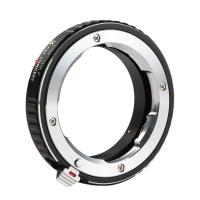
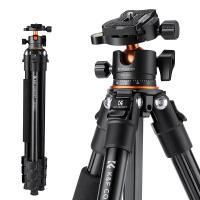
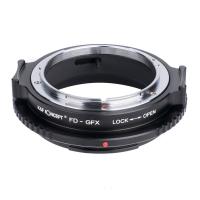
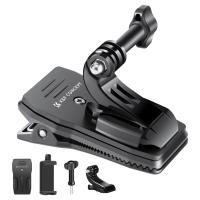


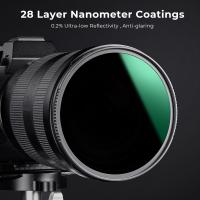


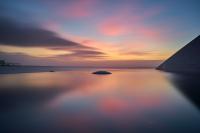

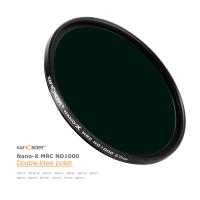
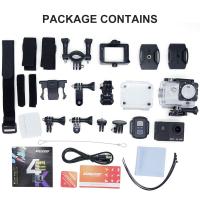






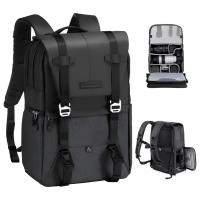




There are no comments for this blog.